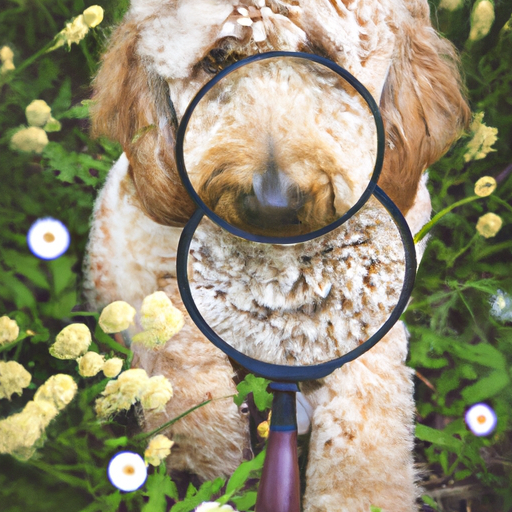As a caregiver, you’re always on the lookout for companionship that matches your caring personality but also respects your need for a hypoallergenic environment. When it comes to dogs, one breed that may come to mind is the Labradoodle. Let’s delve into whether this breed is truly hypoallergenic.
Understanding Hypoallergenic Dogs
Firstly, it’s essential to understand what we mean by a ‘hypoallergenic’ dog. No dog is 100% hypoallergenic. The term ‘hypoallergenic’ refers to breeds that are less likely to cause an allergic reaction.
- Dogs produce allergens in their dander (dead skin cells), saliva, and urine.
- Hypoallergenic breeds produce fewer allergens, thus reducing the risk of an allergic reaction.
The Labradoodle Breed
The Labradoodle is a cross between a Labrador Retriever and a Poodle. They were originally bred in Australia in the 1980s to be hypoallergenic guide dogs. Since then, they have become popular family pets due to their friendly nature, intelligence, and potential hypoallergenic properties.
Are Labradoodles Hypoallergenic?
The straightforward answer is: it depends. Labradoodles are not consistent in their production of allergens due to the variability in their genetic makeup. This inconsistency stems from the different types of Labradoodle:
- F1 Generation: A mix between a purebred Labrador Retriever and a purebred Poodle. They shed and may not be suitable for people with severe allergies.
- F1B Generation: A mix between an F1 Labradoodle and a purebred Poodle. They shed less and are more likely to be hypoallergenic.
- F2 Generation and beyond: These are bred from two F1 Labradoodles. Their allergen production is highly unpredictable.
Factors Affecting Allergenicity
Several factors can affect a Labradoodle’s allergenicity:
- Coat Type: Labradoodles with a wool or fleece coat (more Poodle-like) are more likely to be hypoallergenic.
- Hygiene: Regular grooming can reduce dander and therefore allergen production.
- Diet: A healthy diet can improve skin health and reduce dander production.
Living with a Labradoodle: Tips for Allergy Sufferers
If you or a loved one has allergies but still wants to welcome a Labradoodle into your home, here are some tips:
- Spend time with the dog before bringing it home to assess your allergic reaction.
- Opt for an F1B or a Labradoodle with a more Poodle-like coat.
- Regularly groom your Labradoodle and clean your home to minimize allergens.
Labradoodles vs Other Hypoallergenic Breeds
While Labradoodles can be a good option for those with allergies, they may not be the best fit for everyone. Here are some other hypoallergenic breeds for comparison:
| Breed | Size | Grooming Needs | Activity Level |
|---|---|---|---|
| Poodle | Varies | High | High |
| Bichon Frise | Small | High | Medium |
| Schnauzer | Medium | Medium | High |
| Portuguese Water Dog | Medium | Medium | High |
Frequently Asked Questions
1. Are all Labradoodles hypoallergenic?
No, not all Labradoodles are hypoallergenic. It depends on their genetic makeup and coat type.
2. Are Labradoodles good for allergy sufferers?
Labradoodles can be a good option for those with mild to moderate allergies, but individuals with severe allergies should spend time with the dog before making a decision.
3. What other breeds are hypoallergenic?
Other hypoallergenic breeds include Poodles, Bichon Frise, Schnauzers, and Portuguese Water Dogs.
Overall, while the Labradoodle can be a hypoallergenic breed, it’s essential to remember that individual responses to allergens can vary. A Labradoodle might be a wonderful addition to your family, but make sure it’s the right fit for your specific needs.



